Reliance’s FMCG foray:Market no pushover, no mean feat uprooting well entrenched players
The largest retailer in India in revenue terms, Reliance Retail recently announced its foray into the FMCG business. This announcement was made by Isha Ambani, Chairperson of Reliance Retail, at RIL’s 45th Annual General Meeting. Reliance’s foray into the FMCG sector could be the cause of potential disruption as well as opportunities. The FMCG industry in India is expected to grow at a CAGR of 14.9% to reach $220 billion by the year 2025 as per industry reports. The move is directed towards providing consumer goods which are of high quality and are affordable.
Reliance has recently acquired the 70’s soft drink Campa Cola in its move to enter the FMCG business. “Reliance will look at leveraging its considerable consumer reach through its Retail, Telecom and Media assets which already reach millions of consumers. It may also build a range of in-house brands, some home grown and some acquired, like Campa Cola,” remarked Lloyd Mathias, Business Strategist, Investor and marketing expert.
He added, “I also think it will play on an ‘India first’ approach to counter the strong MNC presence in the MNC category as also to ride on the ‘Atmanirbhar’ sentiment. There are many high-margin and low-differentiation categories that it may look to disrupt in the first phase; using its deep pockets and considerable in-house media and reach.” To strengthen the portfolio of its FMCG products, Reliance has also announced the acquisition of brands such as Bindu Beverages, Lahori Zeera, Garden Namkeens.
How Reliance, which is targeting Tier 2 and Tier 3 markets, introduces newer products under its own brand name within a period of time and sustains them in the market, will be something to learn from for other new players in the market. However, the ride won’t be an easy one for Reliance , as it will face stiff competition from other already established players in the market. Earlier, Reliance has introduced brands such as Desi Kitchen, Snactac, Goodlife, Puric InstaSafe, Enzo, Samvaad, Myhome, Get Real, Glimmer, Petals, Yeah!, Bubbles. It has also informed about its decision to support marginalised and tribal communities by marketing the goods produced by them to provide more employment opportunities as well as to conserve the knowledge base, skills, talent of the traditional Indian artisans.
Naresh Gupta, Co-Founder & CSO, Bang In The Middle, pointed out, “FMCG is distribution driven – Maggi, Lays and Bisleri are available in the remotest corners of India, their power comes from their ubiquity. This is where Reliance will have to change the outlook of their business. E-commerce is fine, but the real business in India will come from how they are able to make their brands reach where they need to be reached. This will need technology, infrastructure, logistics. Reliance has not done business that requires this spread, but I guess lessons from Jio will come in handy.”
Reliance already has strong digital presence with its e-commerce platforms JioMart, Reliancedigital.in, AJIO, and others and this will further accelerate its physical presence as well. It will be interesting to see how Reliance establishes its presence among the other established players in the market in the FMCG sector and how consumers receive its products. Lloyd Mathias noted, “The FMCG category has strong global players who have had decades of experience fighting in a competitive marketplace. These companies have talent, resources, R&D, distribution muscle and scale and are not pushovers. Moreover, they will leverage their learnings from other markets to their advantage. Naturally, Reliance’s entry may also result in consolidation and some M&A within existing players.”
This can lead to other existing brands to spend more on marketing and advertising their products and in general innovate on their product strategy. The Reliance Retail merchant partner initiative has been launched two years ago, and currently stands at more than two million merchants on board. In 2021, Reliance has acquired Netmeds and entered the Pharmacy Retail segment. Recently it has also collaborated with Meta in order for the consumers of JioMart to be able to order through their Whatsapp chat. Reliance speaks of bringing versatile everyday goods that meet the needs of the consumers, backed by extensive research and development.
The FMCG sector is the fourth largest sector in India, with 50% sales accounting from the Household and personal care segment, 31-32% from healthcare, and 18-19% from the beverage segment, with players such as HUL, ITC, Parle, Britannia, Nestle, Godrej, Patanjali, Marico, Dabur, and others. With Reliance’s entry, the choices for the consumers will manifold. Naresh Gupta conjectured, “Reliance will buy out many established players to start building muscle. The second will be to innovate and launch new formats, just launching another offering will find it tough to sustain in market. Salience and loyalty are two big drivers in the category, and this is where they will have to fight hard. This won’t be easy for them. This is a real long term play.”
“Given their track record it would be fair to assume that Reliance’s entry into the FMCG space will result in considerable disruption. They have already made known their ambition with the acquisition of legacy brand Campa-Cola, and are reportedly looking at other brands in the space. As any disruption leads to heightened competitive activity there will be strong counter measures by existing players most of whom are well established entities. This only results in better choices for consumers, which will help grow the category at a faster pace. I see Reliance's entry accelerating the growth in the FMCG category due to the increased intensity in competition, increased investments, heightened innovation and a sharper focus on wooing the consumer,” said Lloyd Mathias.
The Indian unorganised retail sector stands at 90%, with around 150 million online shoppers in the year 2020. Naresh Gupta noted, “Reliance Retail has been in business for very long, it’s just that they have announced the succession plan in the family and the business has a new leader. This isn’t that suddenly Reliance has entered fray. The market is really large and it is good that consumers will have choice and they will get to choose more options. Every time a new player comes in, the market moves a little more to organised sector from unorganised sector. Changing lifestyle will mean many new segments open up. Food and beverages, value added detergents, personal care products, nutritional supplements, there are many categories that are poised to grow at a much greater speed. I am sure they are all on the radar.”
“Reliance will use its strong presence across retail, telecom and media domains, and its deep pockets to compete aggressively. Its track record in sectors like telecom has proved that it can out-invest its rivals, work effectively with regulators, and use the M&A route to advantage. I’m certain it will deploy all these learnings and more as it moves into FMCG in a big way. Of course, consumer insight and communication will need to be developed as they go along but little doubt they will manage this too,” opined Lloyd Mathias.
“Reliance is known for their high impact, high visibility and deep penetration rollouts. One is expecting this to be no different. However, there are very well entrenched and established brands in the FMCG sector and combating them is no mean feat. One expects them to leverage existing technologies, including ioT, logistics and embedded systems for businesses as well as end consumers,” said Nisha Singhania, Co-Founder & Director, Infectious Advertising.



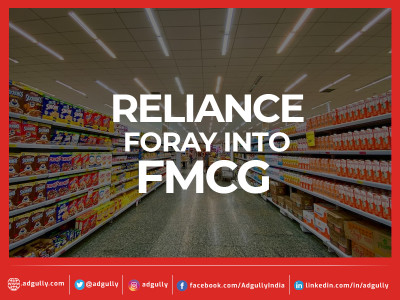

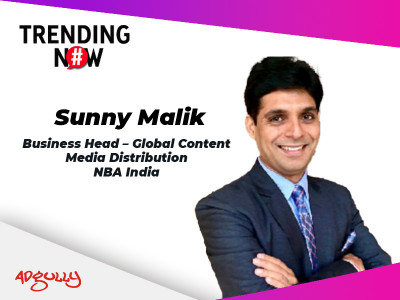

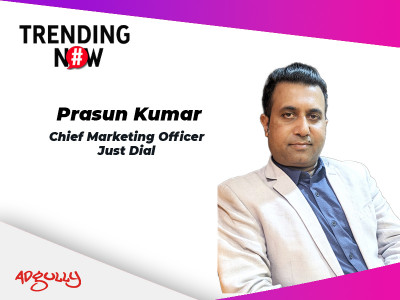
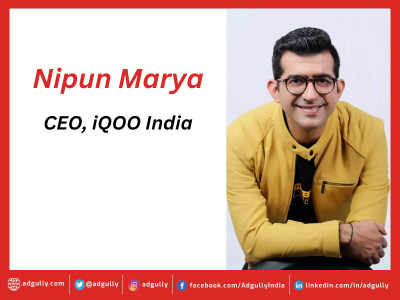
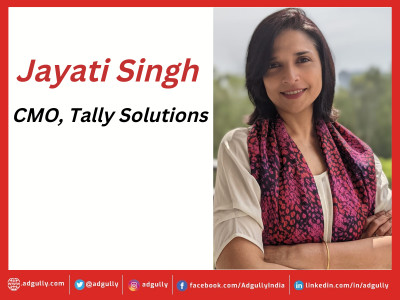



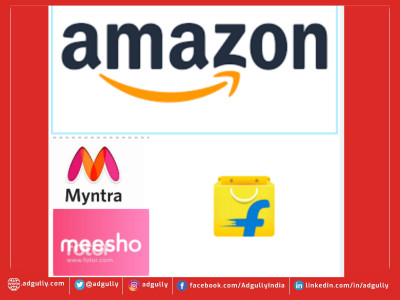




Share
Facebook
YouTube
Tweet
Twitter
LinkedIn